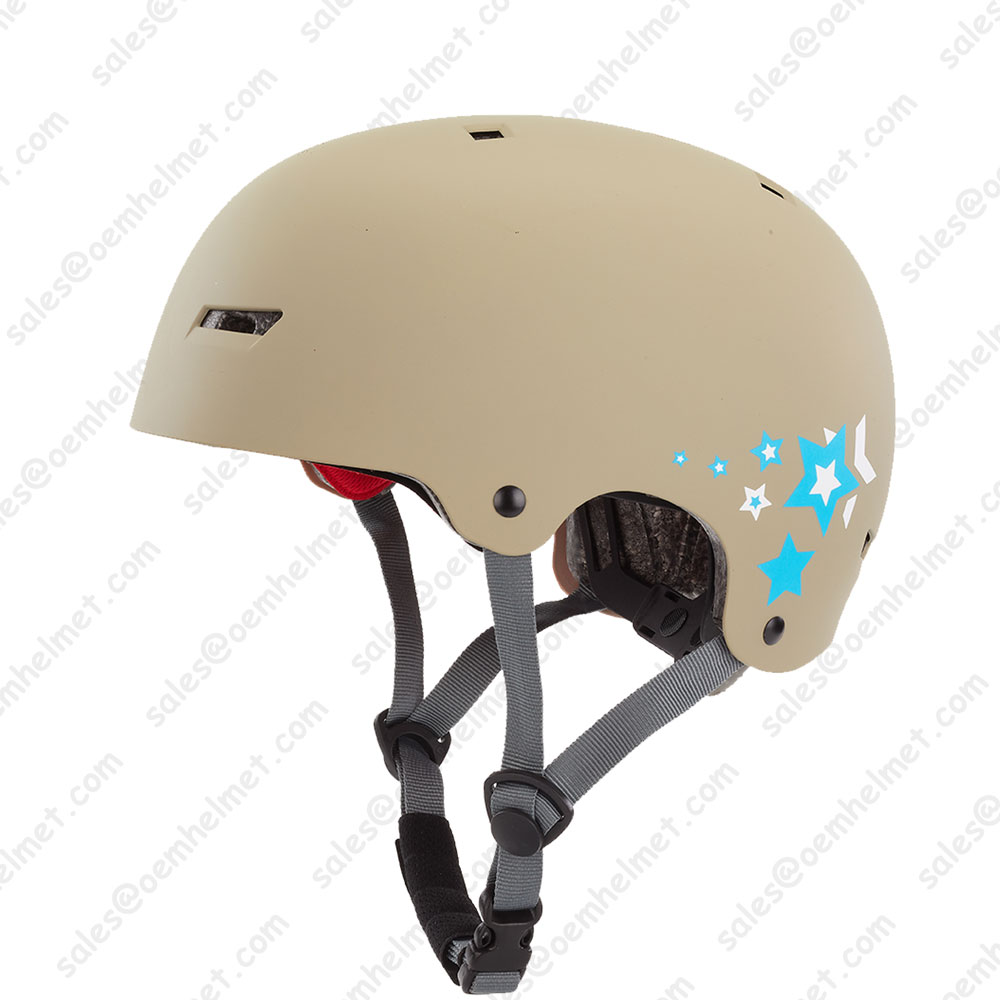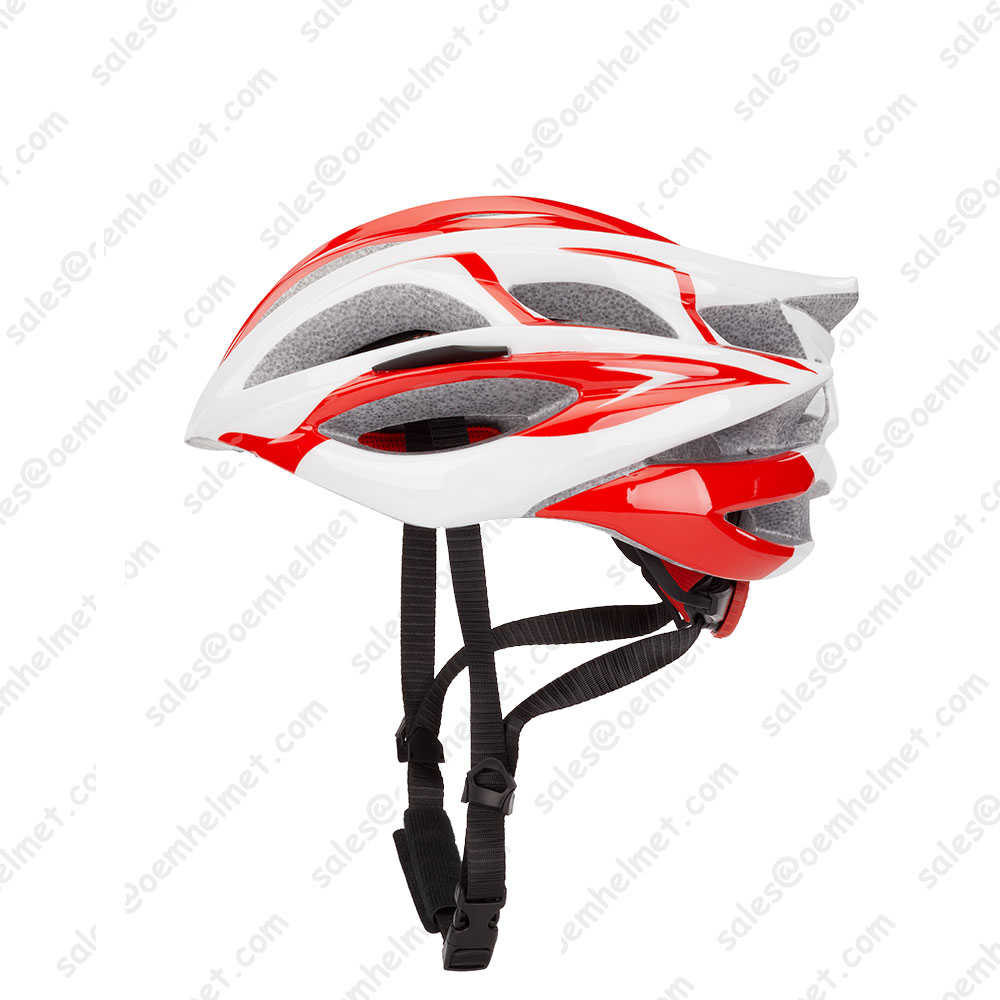Helmet Testing
Step 1: Outline the test area.
Not every square inch of a helmet is designed to take the full brunt of a crash. Each standard precisely outlines—down to the millimeter—how much of the helmet must meet impact standards. The first step in testing is to outline this portion of the helmet.
A technician draws the test line around the helmet with a marker pen. All impacts are fair game on or above this line. Some standards mandate a relatively low test line, requiring greater portions of the helmet to withstand full impact.
Step 2: Condition the helmet.
Within each batch of test helmets, a number of models are tested hot, while others are tested wet, cold or at room (ambient) temperatures. Some standards also call for artificially aging a few of the test helmets. The goal is to replicate performance under real-world conditions. This is called “conditioning” the helmet.
Step 3: Try to make the helmet rotate on the head form.
The test helmet is mounted and fastened to a head form. One end of the cable is attached to the edge the helmet. The other end of the cable is secured to a weight. The weight is dropped from a prescribed height; this exerts a strong rotational force. If the helmet rotates more than allowed by the standard, it fails. This test attempts to measure the positional stability of a helmet in an accident.
Step 4: Try to break the chin straps.
Test helmets are mounted to head forms. A rod with a hook at the top is attached to the chin strap. A weight with a hole in the center slides up and down on the rod. The weight is raised a prescribed distance and dropped, which exerts a specified force on the chin strap. If the strap breaks or even stretches more than allowed by the standard, the helmet fails.
Step 5: Drop test to measure impact energy.
The most intuitive form of helmet testing is the impact (or “drop”) test, which involves placing a weighted head form (imagine an magnesium mannequin head) inside the helmet, raising the helmet a prescribed height above a steel anvil and then dropping it onto the anvil.
An accelerometer embedded within the head form measures the actual g’s transmitted to the head form when it strikes the anvil.
If the accelerometer reads more than the maximum allowable g’s (usually 300 g’s), the helmet fails most standards. Different anvil shapes replicate different items your head may come into contact with in the real world. Read more about anvils here.
Step 6: Attempt to puncture the shell.
Some motorsports, skiing and equestrian helmet standards include a penetration test. Most penetration tests involve dropping a spike-shaped anvil onto the helmet. If the spike penetrates the helmet and touches the head form, the helmet fails the test.
Step 7: Test the chin bar.
Some standards require a full-face helmet—that is, a helmet with a chin bar. Chin bars are tested by fixing the helmet with its chin bar pointed into the air, then dropping a weight onto the chin bar. If this portion of the helmet breaks or deflects more than allowed by the standard, the helmet fails. This is true of ASTM F1952, F2032, and Snell M standards, but is not the way ECE tests chin bars.
Source: http://www.helmetfacts.com/standards/helmet-testing/
Source: http://www.helmetfacts.com/standards/helmet-testing/







